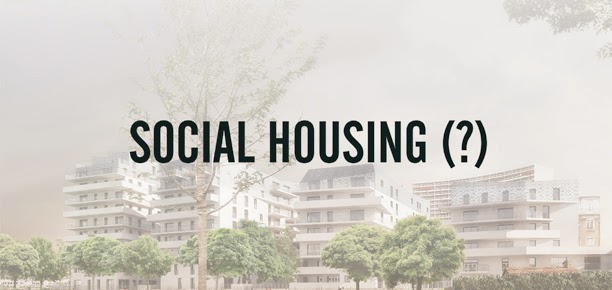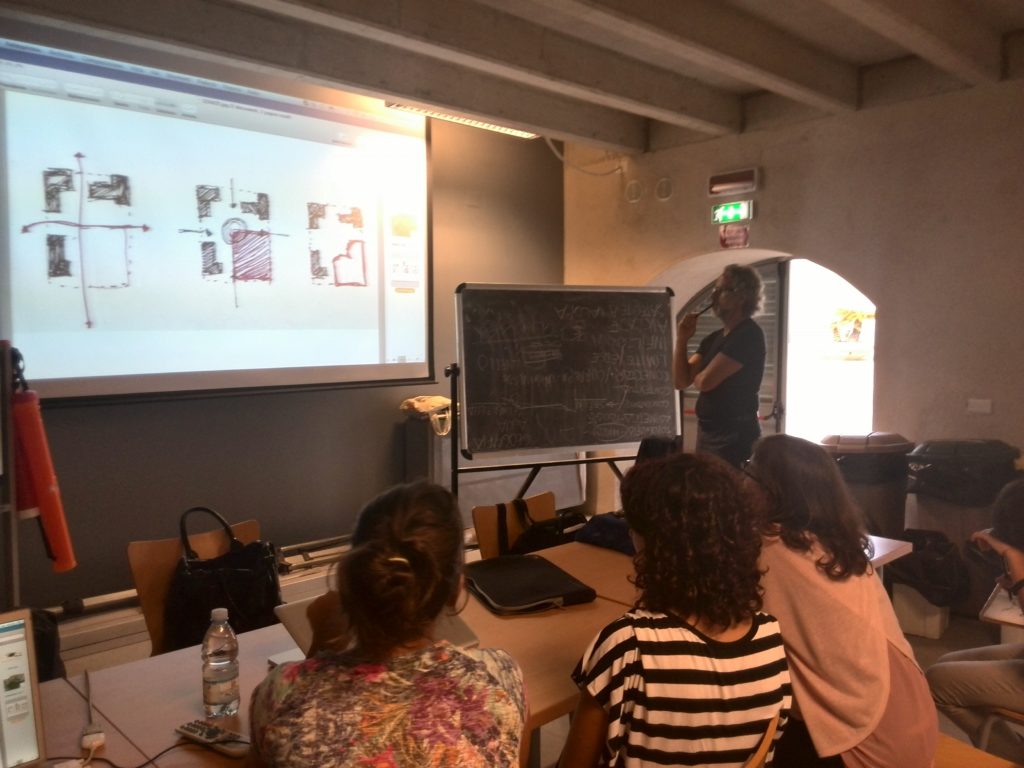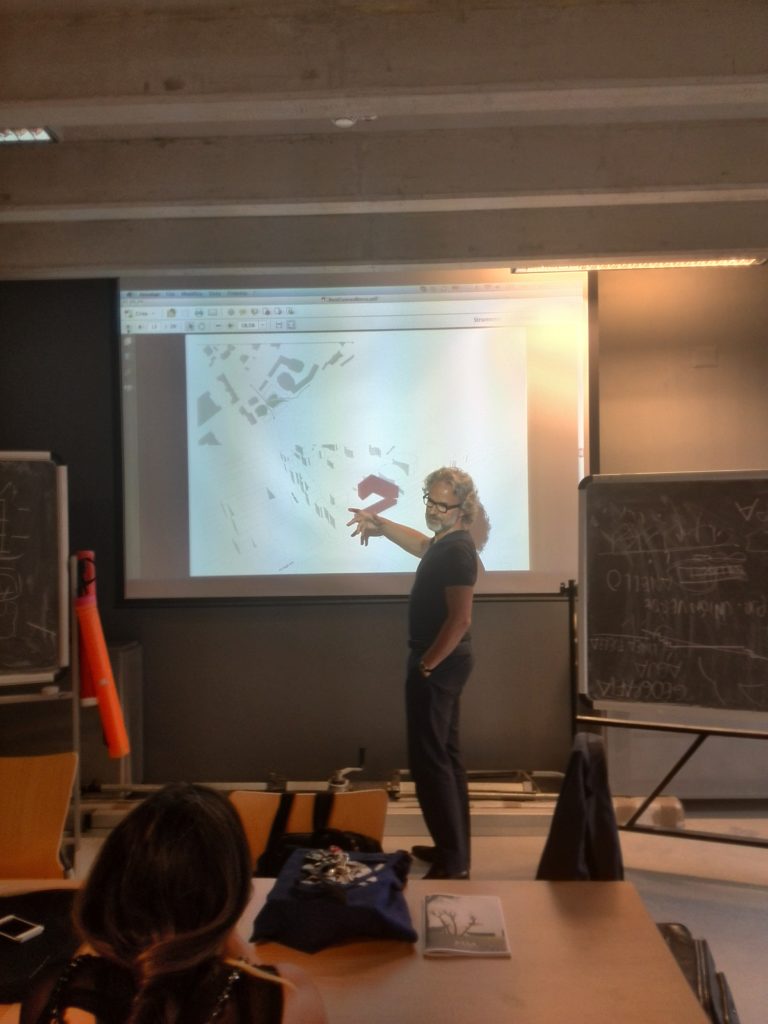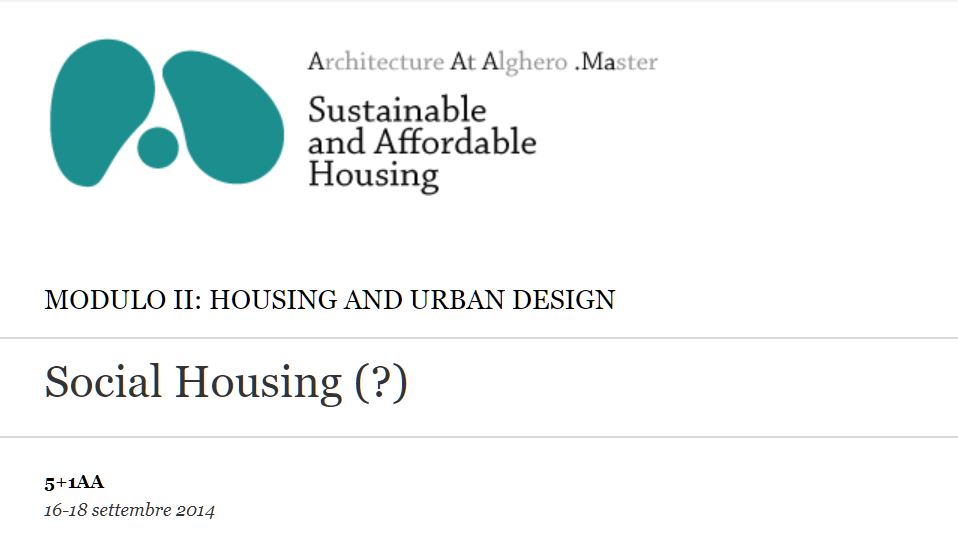5+1AA
16-18 settembre 2014
SUSTAINABLE AND AFFORDABLE HOUSING
MODULO II: HOUSING AND URBAN DESIGN
Objective
The theme of social housing today has undergone rapid changes that have led to a “distortion” of its original meaning.
Initially intended as an emergency has now become a practice as a response to the request for a new residence.This has led to a rapid development of all those forms of assistance relating to the acquisition of a home by the groups of economically less favoured population and / or on the identification of the various social groups (students, seniors, singles, young couples, etc …).Under what is mistakenly referred to “social housing”, are now often gatherered other different formulas (like “agreed housing” and “subsidized housing”) that defines different relationships between public and private subsidies.All this had a clear implication in terms of design and realization. What was initially identified as a simple public housing, and where the scarce economic resources available often led to poor results mainly from the point of view of architecture and technology, today has turned into a more complex system that allows to get quality results in controlled prices.The course, aims to illustrate how today’s projects of social housing may actually be interesting examples of contemporary residencial construction. Emphasis will be put on different aspects such as the kinds, types, scale, designed to best describe the dynamics and the solutions adopted and showing how these elements might actually find a match and an influence from the social point of view.The invention of the devices of social relationship, relationship of perception of the “outside”, of the added spaces or of intermediates spaces, the relationship between public and private space, define the new way of living that has to regain the relationship between intimacy and community. Without this goal, there is no liability, there is no architecture, there is no society.

Course syllabus
The course will address the issue with ex cathedra lectures, invited authorities and one or more exercises. The city of Alghero as a place of comparison for the completion of projects or new graft, at different scales, in different types.
Bibliography
- Bernardo Secchi, Il racconto urbanistico : la politica della casa e del territorio in Italia, Torino, Einaudi, 1984
- Gausa M. 1998. Housing : new alternatives, new systems, Barcelona, Actar
- Clement G. 2005 Manifest del Terzo Paesaggio, Quodlibet
- De Matteis , M. 2011. Qualità dell’abitare nello spazio collettivo. Rigenerare la periferia attraverso nuove configurazioni, densità , sostenibilità. In PLANUM (ed.) XIV Conferenza SIU. Torino.
- Urban Task Force, T. Rogers, Richard 1999. Towords an urban Renaissance. London
- Bernardo Secchi, La città dei Ricchi e la Città dei Poveri, Laterza, Roma
- Tomoko Sakamoto, Irene Hwang, Albert Ferré, Total Housing, Actar, Barcellona 2010
- Complexity and Contradiction, by Robert Venturi
- Delirious New York, by Rem Koolhas
- Sociopolis. Project for a City of the Future, by Vicente Guallart, ed Actar 2004
- Lina Bo Bardi, 2G, ed. Gustavo Gili
- No-Stop City, Andrea Branzi_Archizoom Associati, ed. HYX Orléans, 2006
- DBook Density, 2G, ed. a+t ediciones 2007
- Liquid life, Zygmut Bauman , ed. bol.it_ Laterza 2006
- Mémoires d’Hadrien, Marguerite Yourcenar , ed. Gallimard 1974
- Cinq méditations sur la beauté, François Chang, ed Albin 2006
- Mots de passe, Jean Baudrillard , ed. Biblio Essais 2000


